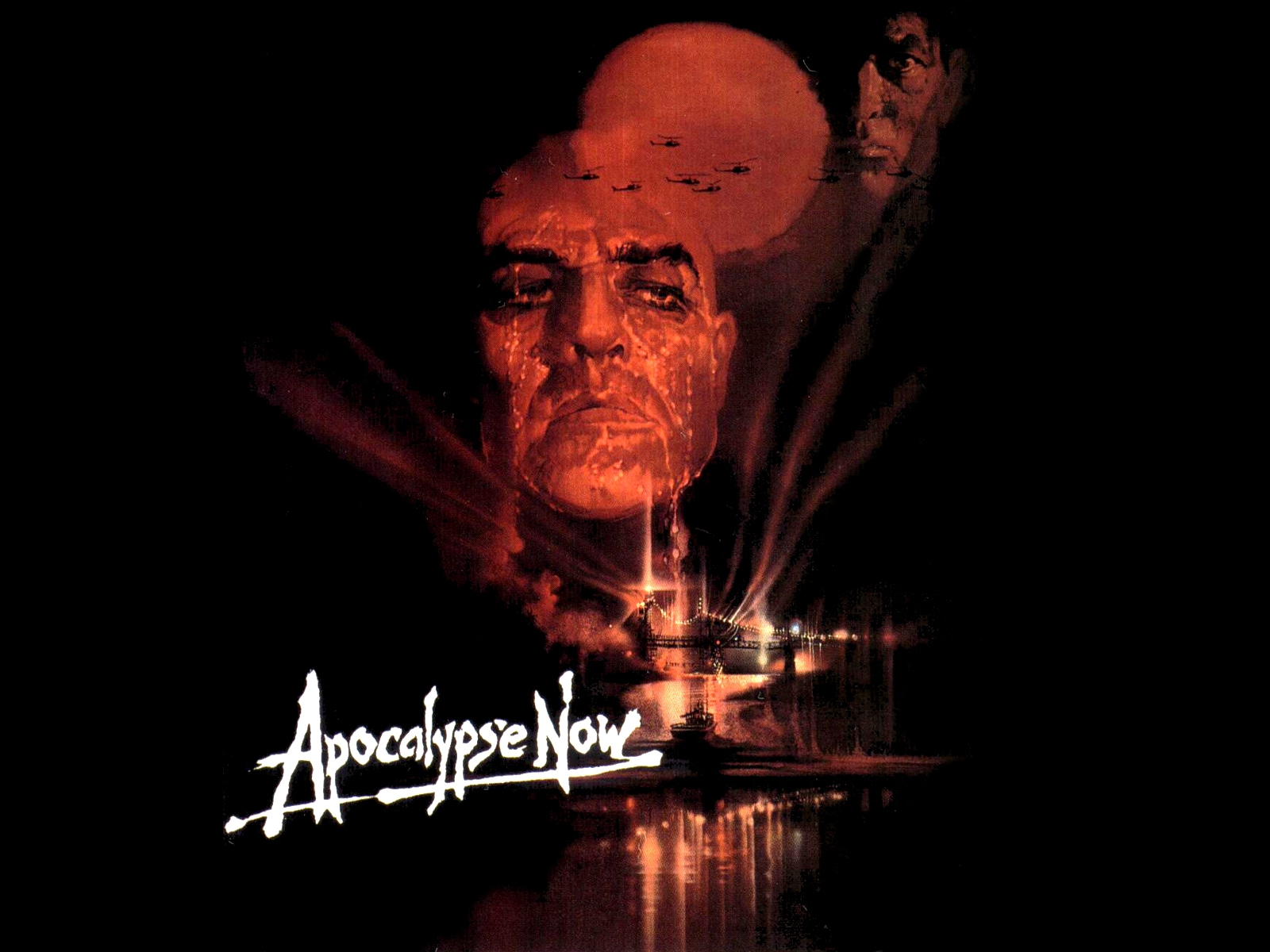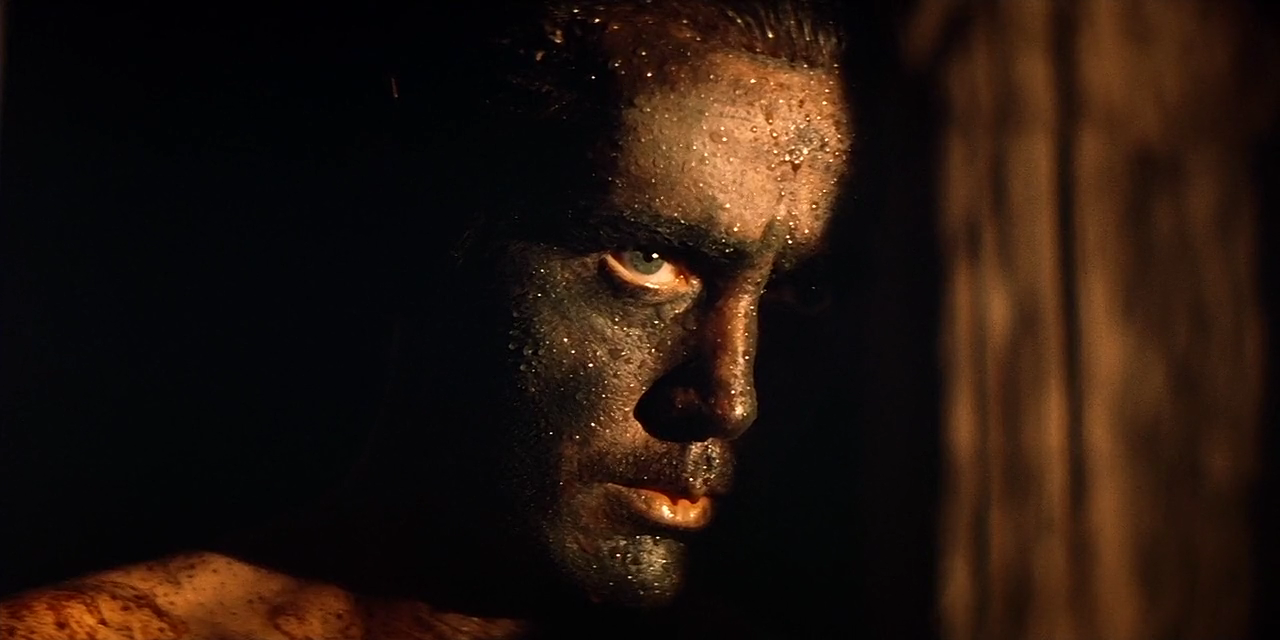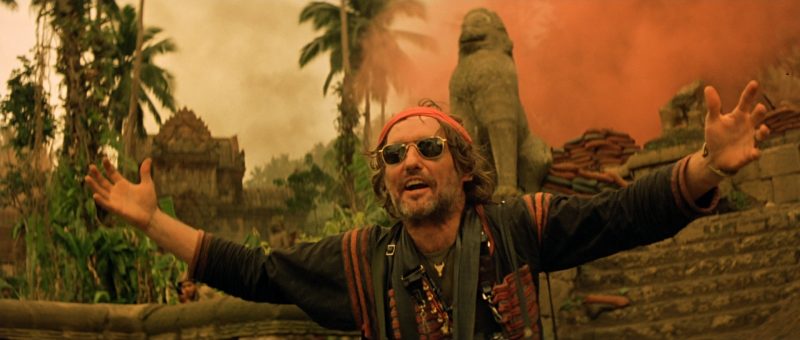
 Essential Cinema: Apocalypse Now (1979)
Essential Cinema: Apocalypse Now (1979)
Apocalypse Now - Dir. Francis Ford Coppola (1979)
“I love the smell of napalm in the morning.”
Francis Ford Coppola literally poured his life into making this incredible, award-winning, big-budget film about the Vietnam war. To this day, it is still regarded as one of the greatest war films ever made. Based on Joseph Conrad’s incredibly famous novella, Heart of Darkness, we see Captain Willard (Martin Sheen) travel through the Cambodian jungle looking for the crazed war criminal, Kurtz (Marlon Brando), in order to take him down.

Like Marlow in Heart of Darkness, the further Willard travels into the jungle, the more horrific the scenes become. He witnesses the death of both his own comrades and the natives… highlighting the fact that death escapes no side in war. The river is, of course, a metaphor for his own heart, the further he delves, the more he discovers about his own sense of being, as well as the true nature of war.

Apocalypse Now features one of the greatest scenes of any film ever, involving a flock of helicopters closing in ominously on a small settlement, destroying everything in their path, to the tune of Wagner’s “Ride of the Valkyries”. This highlights the ferocity of the American army, painting every South Asian man, woman and child with the same brush, deeming them all as enemies of the free people of the United States, and wiping out anyone who gets in their way. At the same time, the film features a scene which is incredibly controversial, involving the real-life sacrificing of a water buffalo, which is rather distressing to watch.
Imagery and meaning aside, the most incredible thing about Apocalypse Now is that, on multiple occasions, the project was jeopardised beyond the control of the director and the producers; it really seemed like a higher power did not want this film to be made. However, Coppola being one of the most eccentric directors in the world, persevered and reaped the rewards.

Below are a handful of the Problems Faced During Production, problems which, each in their own way, threatened the very existence of the movie:
“The horror! The horror!”
- Marlon Brando: After being hired as the war-criminal ‘Kurtz’, Brando was assumed to be in-shape and healthy… he most definitely was not, with co-producer Gray Frederickson famously claiming that “You couldn’t see around him”. It also turned out that he hadn’t learned any of his lines and knew nothing about his character or the film; yet he is still a standout performer.

- Dead bodies: Deciding to use real dead human bodies to give Kurtz’s compound a more ‘authentic’ look was never a good idea. And after finding out that the man who supplied them with the corpses was in fact a graverobber, the police got involved, luckily Coppola and his crew were cleared of any wrongdoing, and the dead bodies were replaced with extras.

- Typhoon: Just when things couldn’t get any worse, they did. A typhoon hit the filming location, destroying much of the expensive set and forced Coppola and co. to retreat back to San Francisco for a month. Upon his return to the jungle, some of his crew refused to join him.
- Dictators: Much of the film’s military equipment was borrowed from the dictatorial Filipino President Marcos, who was fighting a civil war with communist rebels at the time. Consequently, the helicopters were occasionally recalled to be used in real battles… this of course was not ideal in terms of the filming period, although it did add some authenticity to the film.

- The lead role: Initially, the role of Willard was taken by Harvey Keitel, however, three weeks into filming, Coppola decided that he was not what he wanted and decided to cast the relatively unknown Martin Sheen. It didn’t help Keitel that Coppola was seemingly writing the script as he went along.

- Bad health: The strenuous schedule of the film seemed to take its toll on Sheen, who suffered from a near-fatal heart attack part way through filming. Coppola blamed himself for this, and ended up having an epileptic seizure himself. After mortgaging all of his property in order to raise more money for the film (believed to be in excess of $10million), the pressure really was on; leading him to suffer three mental breakdowns, claiming that he was going to commit suicide on each of these occasions.

It is testament to Coppola’s intense dedication to this project that, even today, nearly 40 years after it’s release, very few war films stand up to Apocalypse Now. After winning the Academy Award for Best Cinematography and Best Sound, as well as the Golden Palm at the Cannes Film Festival, it is easy to see why this brilliant piece of art has stood the test of time, despite the seemingly never-ending problems faced during production.
